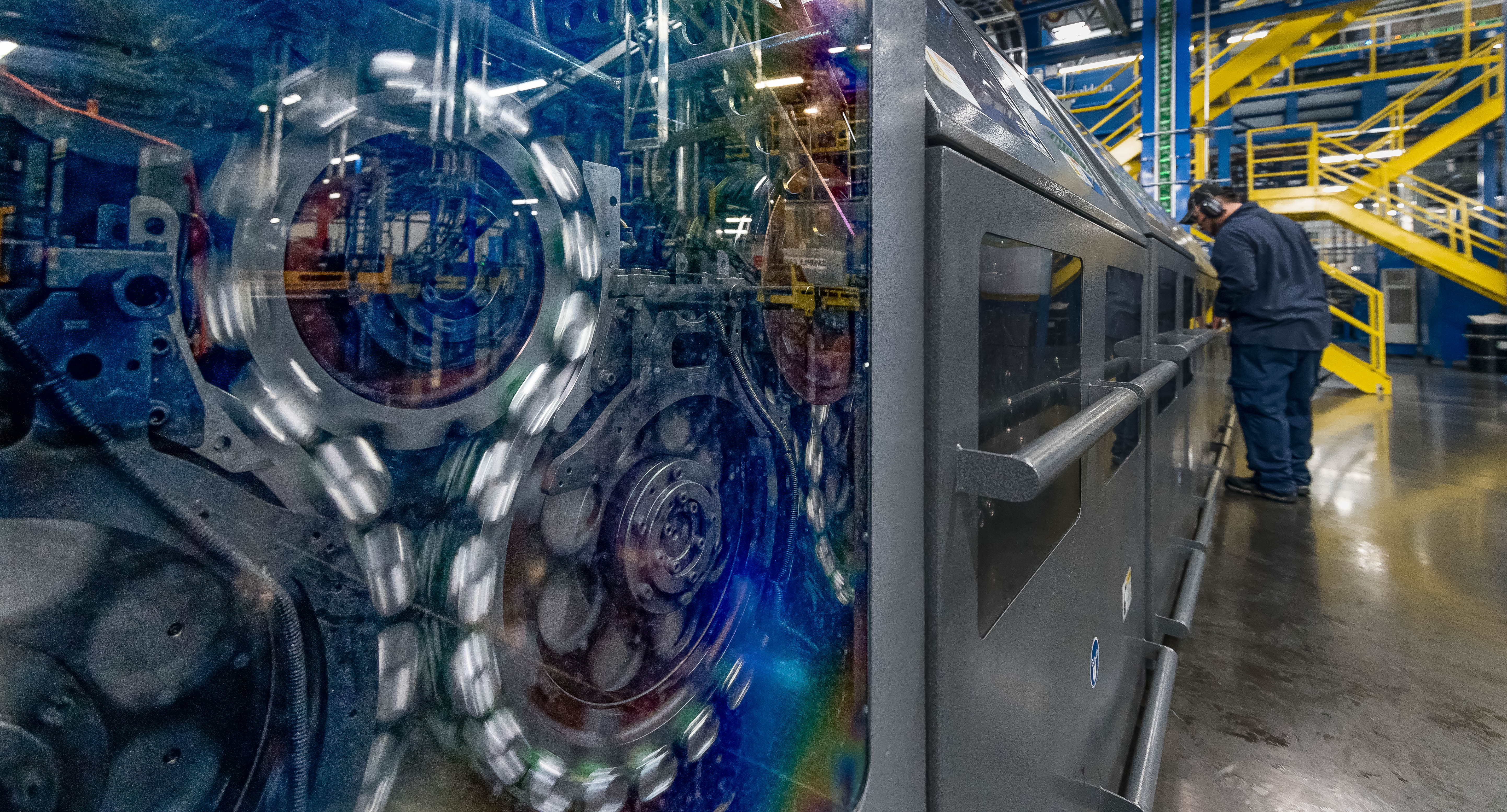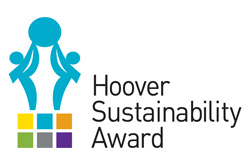
Sustainability is embedded in our manufacturing operations and is a lever of operational excellence. We recognize the impact our operations have on the environment and the local communities where we operate and are committed to continuous efficiency improvements. We introduce innovative processes and technologies that improve our safety track record, reduce energy and water consumption, cut greenhouse gas emissions and divert more waste to beneficial use.
Employee engagement and commitment to sustainability are key to our operational success. To make sustainability more tangible for our employees, we introduced the “Big 6” concept in 2008 to focus the attention of Ball employees on the six most significant sustainability metrics in our operations.
Energy
GHG Emissions
Safety
Water
Waste
VOCs
See the Data
Around the world, each Ball plant is accountable for these "Big 6" metrics and commits to annual goals as part of our strategic planning process. Each plant's performance is tracked monthly and reported to regional leadership teams. The businesses report their goal progress to corporate once each quarter and Ball's Sustainability Steering Committee reviews progress twice a year. To drive accountability and continuous improvement, goal achievement progress is also built into performance appraisals for plant management and operations leadership.
All of our plants utilize formal safety and environmental management systems. Since 1995, these systems have improved our safety and environmental performance by allowing us to monitor and manage our impacts and proactively implement corresponding compliance strategies. By the end of 2020, 65% held EMS certifications verified through international standards, such as ISO 14001 and AS 9100. Ball’s global environmental policy describes our expectations for managing and continually reducing our environmental impacts.
Mastering Change
A significant aspect of our Drive for 10 vision includes expanding into new and emerging markets. We invested more than $7.8 million in growth capital projects in 2020 that position us well for the future. Ensuring we capitalize on the sustainability best practices we have implemented in facilities around the world is key to our growth. Integrating sustainability into facility design and employee onboarding allows us to minimize the cost impact of new plants, as well as engage new employees on our sustainability journey—accelerating operational excellence.
As we continue to respond to demand shifts for our products, we face challenges in our operations. Trends such as substantial increases in can sizes, shapes and label changes, as well as new line startups and curtailments, threaten to offset progress toward our sustainability goals because they decrease line efficiencies.
Awarding Success
At Ball, it is important to celebrate our successes so we can share best practices and increase our plants’ engagement in measuring, understanding and improving their sustainability performance.

That is why Ball established the R. David Hoover Sustainability Award in honor of the company's former chairman, president and CEO, who was a key driver in developing Ball's formal sustainability program. The annual award recognizes one plant in each division of Ball's Global Beverage Packaging and Aerosol Packaging businesses for year-over-year and longer-term performance improvements (safety, electricity, natural gas, water and waste), as well as their role as product stewards, community ambassadors and team players. For an overview of recent winners, please visit our Newsroom.
Biodiversity
Although Ball facilities are typically located in industrial zoning sites, as part of the ASI certification process, we have begun undergoing an internal biodiversity audit of several manufacturing facilities. Examples below describe efforts underway across our regions.
Twenty-two acres of land on our 56-acre plant site in Rome, Georgia, have been certified as a “Wildlife at Work” site by the Wildlife Habitat Council – a nonprofit, non-lobbying group of corporations, conservation organizations and individuals dedicated to enhancing and restoring wildlife habitat. Rome employees have built nesting structures on the land to enhance habitat for birds of prey. They also constructed wildflower gardens to improve habitat for native pollinators.
Another example of how Ball supports biodiversity is from our Bierne, France, plant. When the plant built a new watershed basin for rainwater, employees developed a biotope on top of it where numerous animals and regional plants settled in the meantime. Employees use the grounds for their breaks and every visitor can learn about the special habitat when onsite. This initiative has been rewarded with the “Environmental Performance Award” by the regional chamber of commerce and the trophy of the best environmental performance by the north regional council and the French environmental ministry.
Using the Integrated Biodiversity Assessment Tool (IBAT) developed by the UN Environment World Conservation Monitoring Centre and Geospatial Data Management System (SIGEO) tool developed by Chico Mendes Biodiversity Conservation Institute (ICMBio), we determined none of the Ball facilities in South America are located in nationally protected areas. An example of how Ball BPSA supports biodiversity is by keeping a reforestation area with native species at our plant site Três Rios, Brazil.
Click to download an overview of our South American biodiversity efforts in Spanish, Portuguese or English.
